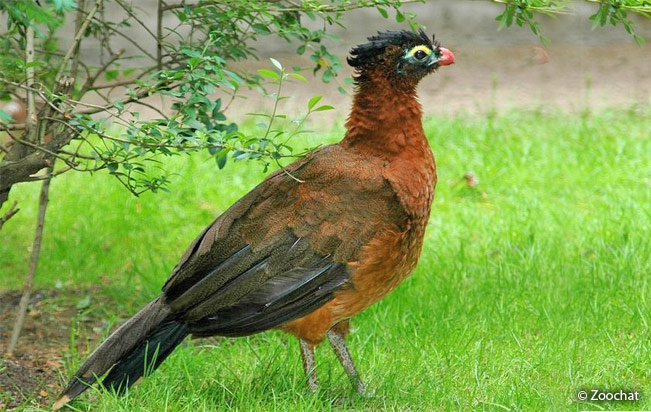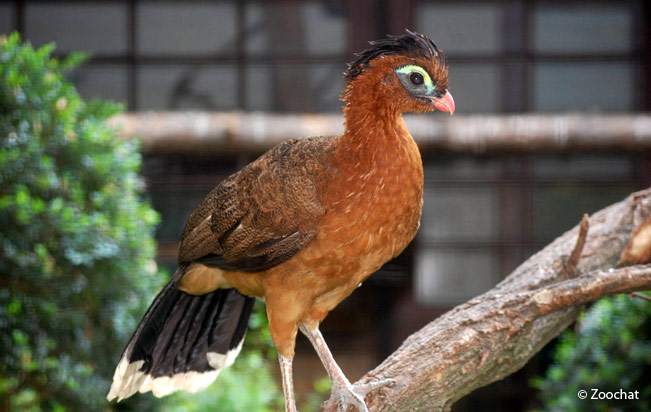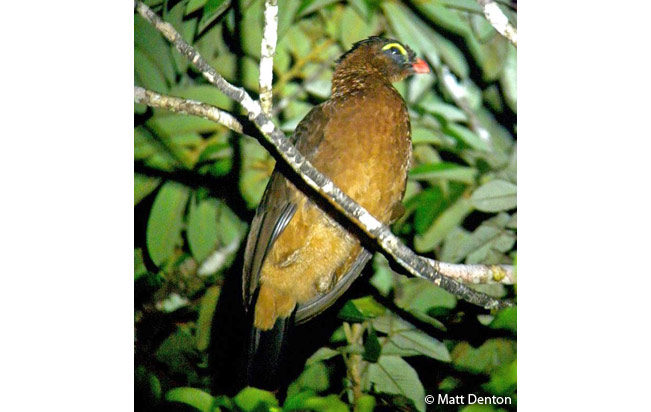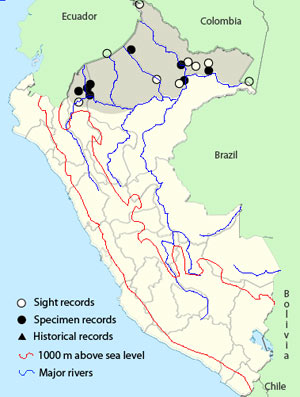Order: Galliformes | Family: Cracidae | IUCN Status: Least Concern

Age: Adult | Sex: Unknown | Loc. No Data

Age: Adult | Sex: Unknown | Loc. No Data

Age: Adult | Sex: Unknown | Loc. Loreto, Peru

Age: Adult | Sex: Unknown | Loc. Napo, Ecuador
Status: The Nocturnal Curassow is restricted to lowland Amazonian forest on the north side of the Amazon and Marañon Rivers. They are Known to range to elevations of about 600 m along the foothill of the Andes. They are shy and rare revealing their presence through night vocalizations from roosting sites.
Name in Spanish: Paujil Nocturno.
Sub-species: Nocturnal Curassow (Nothocrax urumutum) Spix, 1825.
Meaning of Name: Nothocrax: Gr. nöthës, nötheuö= slow, lazy; and crax = related to the genus Crax. urumutum: Tupi (Native Brazilian) a curassow known for its hooting noise.
 Voice
VoiceReferences:
-
- Species range based on: Schulenberg, T. S., D. F. Stotz, and L. Rico. 2006. Distribution maps of the birds of Peru, version 1.0. Environment, Culture & Conservation (ECCo). The Field Museum. http://fm2.fieldmuseum.org/uw_test/birdsofperu on 11/09/2014.